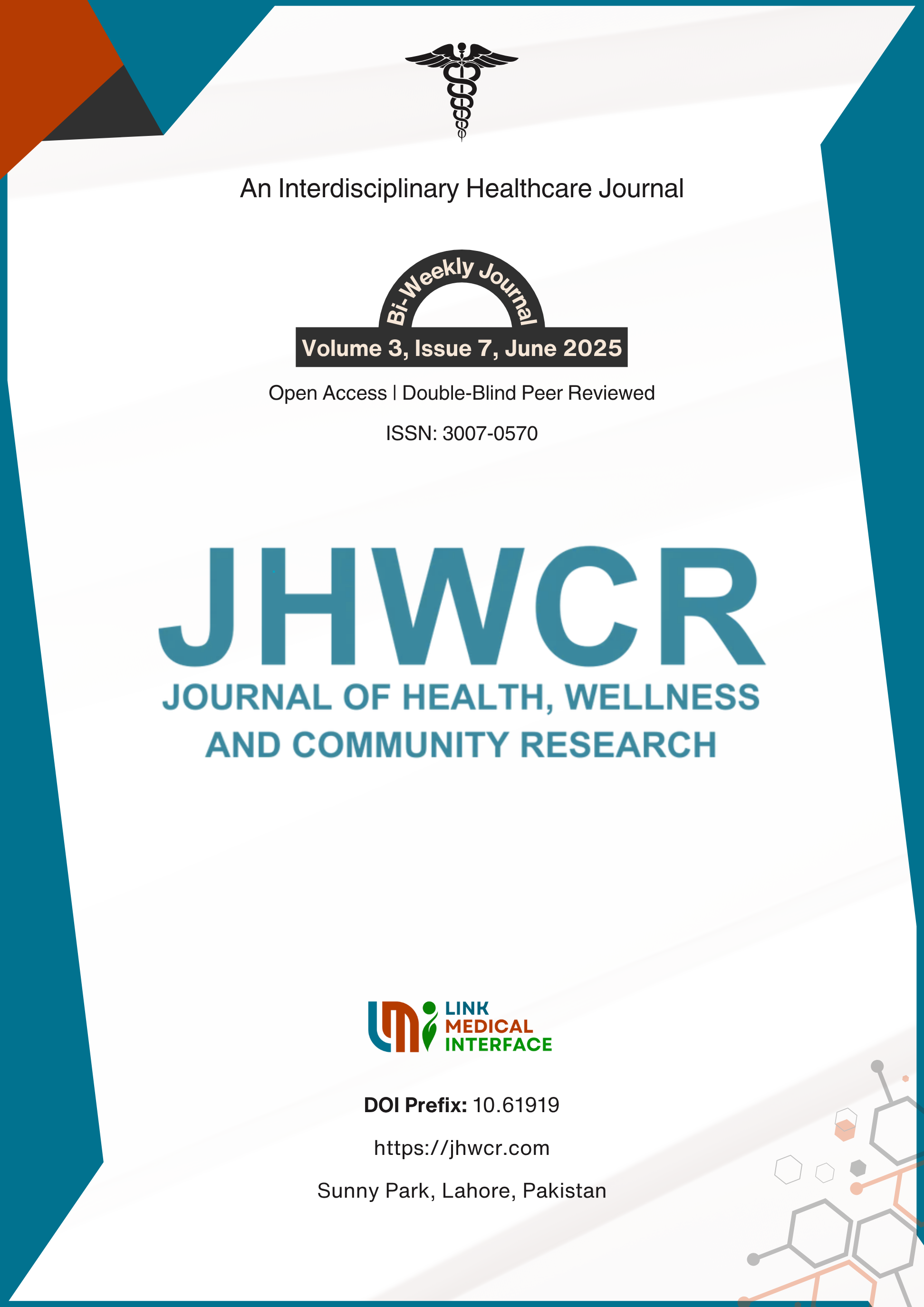How Multidimensional Poverty Contributes to Child Mortality: Evidence from Pakistan
DOI:
https://doi.org/10.61919/7yj5x858Keywords:
Child Mortality, Multidimensional Poverty, Health Inequality, Pakistan Demographic and Health Survey, Logistic Regression, Education Deprivation, Living StandardsAbstract
Background: Child mortality remains a significant public health concern in low- and middle-income countries, particularly in Pakistan, where multifaceted deprivation persists. Existing literature often isolates income poverty without fully accounting for the overlapping effects of social and infrastructural deprivations. This study addresses the gap by examining how multidimensional poverty, encompassing education, living standards, and wealth, influences child mortality. Objective: To assess the impact of multidimensional poverty on under-five child mortality in Pakistan, identifying which dimensions or combinations thereof are most predictive of mortality risk. Methods: This cross-sectional analytical study used data from the Pakistan Demographic and Health Survey (PDHS) 2017–18, including 50,495 households after excluding incomplete entries. Households reporting at least one live birth were included. Multidimensional poverty was calculated using a dual-cutoff approach across three dimensions: education, wealth, and living standard. Logistic regression models were applied to estimate odds ratios (OR) with 95% confidence intervals (CI), controlling for age, gender, and marital status. Statistical analysis was conducted using Stata 15. Ethical approval was granted by the National Bioethics Committee of Pakistan, adhering to the Helsinki Declaration. Results: Households deprived in education (D(2)=1) exhibited the highest association with child mortality (OR=1.49, 95% CI: 1.44–1.77, p<0.001), followed by combined wealth and living standard deprivation (D(1,3)≥1; OR=1.48, 95% CI: 1.37–1.59, p<0.001). Full multidimensional poverty (D(1,2,3)≥1) affected 93% of households, with a moderate yet significant OR of 1.15 (95% CI: 1.05–1.26, p<0.001). Conclusion: Multidimensional poverty, particularly when involving education and housing-related deprivations, is a stronger predictor of child mortality than income-based poverty alone. These findings underscore the need for integrated health and social interventions targeting education, infrastructure, and household welfare to effectively reduce child mortality in Pakistan.
Downloads
Published
Issue
Section
License
Copyright (c) 2025 Journal of Health, Wellness and Community Research

This work is licensed under a Creative Commons Attribution 4.0 International License.


